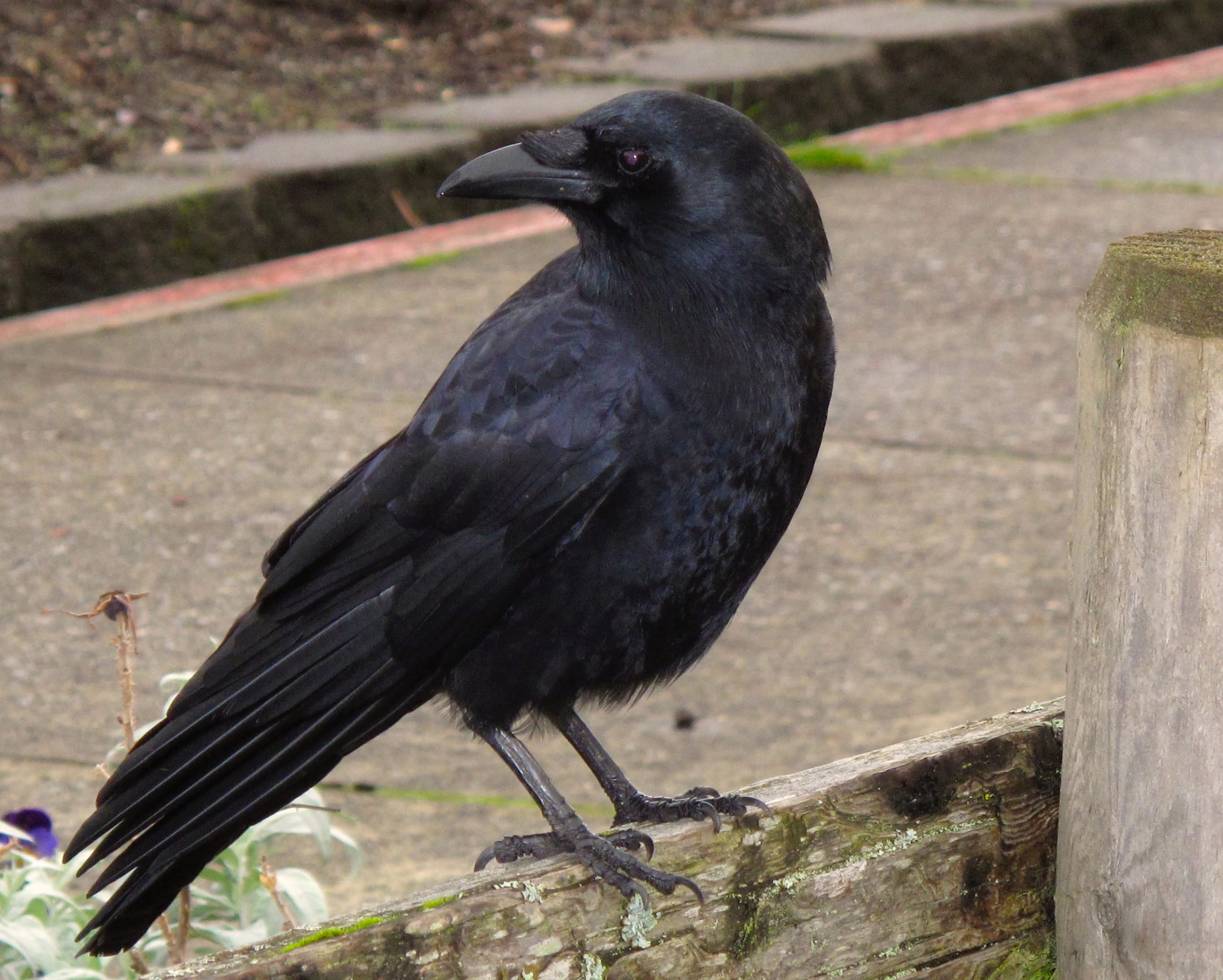Wildlife watchers can now wield unnatural powers, playing birdcalls on smartphones and other mobile devices. The practice, called playback, is effective for attracting elusive species but also can harm nesting birds if overused.
“It’s kind of a balancing act,” said Jeffrey Gordon, president of the American Birding Association in Colorado Springs, Colo.
“If you’re bringing a common bird into view for a group of kids or showing people how habitat is really good for birds, then a case can be made that it’s a good tool for making birds visible,” he said. “Caution is most warranted when you have a rare species or a species when a lot of people want to see it at the same location.”
The prevalence of playback is increasing at a rate that concerns many recreational birders, said Michael Webster, a professor and director of Cornell University’s Macaulay Library archive, the repository for more than 200,000 bird call recordings, 150,000 of which people can use online.
“The main negative? It can stress the birds, especially if overdone,” Webster said. “On the positive side? These are devices for people to get out there and experience nature. It’s educational engagement.”
People should, however, adhere to a wildlife-watching code of ethics, he said.
The American Birding Association’s Principles of Birding Ethics includes: “Limit the use of recordings and other methods of attracting birds, and never use such methods in heavily birded areas or for attracting any species that is threatened, endangered, of special concern or rare in your local area.”
“I don’t know if that will make it more restrictive though, just more thorough … spelling out a little better that not one size fits all. There are so many birds in so many situations that common sense and courtesy will be a better fit.”
Here are some suggestions for minimizing playback disturbance to birds and other birders from noted field guide author David Sibley’s website:
n Have a plan. Choose a spot and know your quarry. Don’t just play sounds.
n Play snippets of sound of less than 30 seconds at a time with a long pause before the next. After five minutes or so, give it a rest.
n Be subtle. You are trying to coax a bird into the open, not stir up a fight among competing males during mating season.
n Announce your intention to play a recording and hold the device above your shoulder, so other birders can see the source of the sound.



